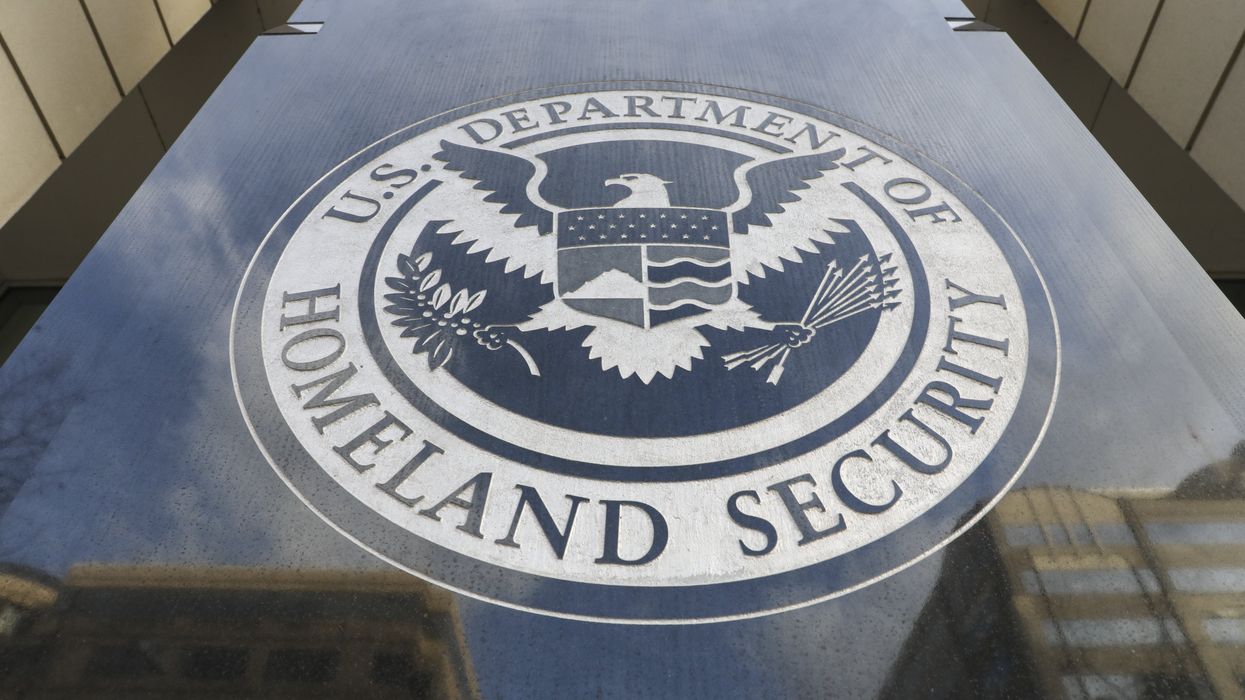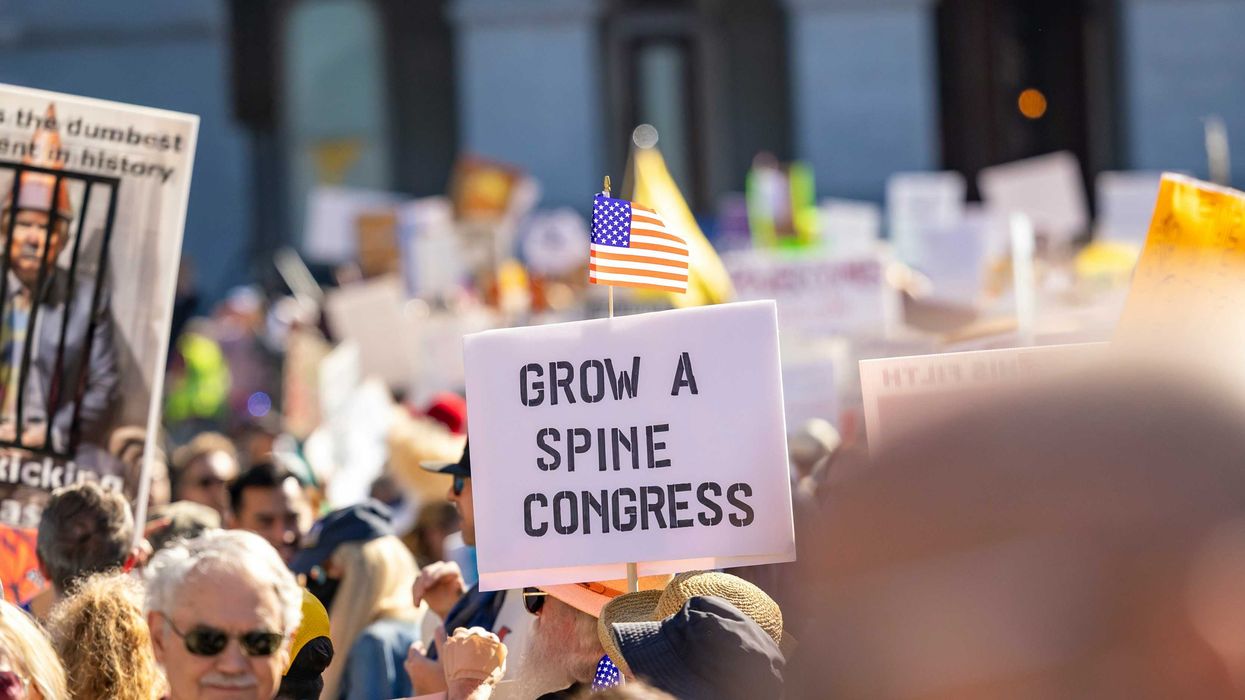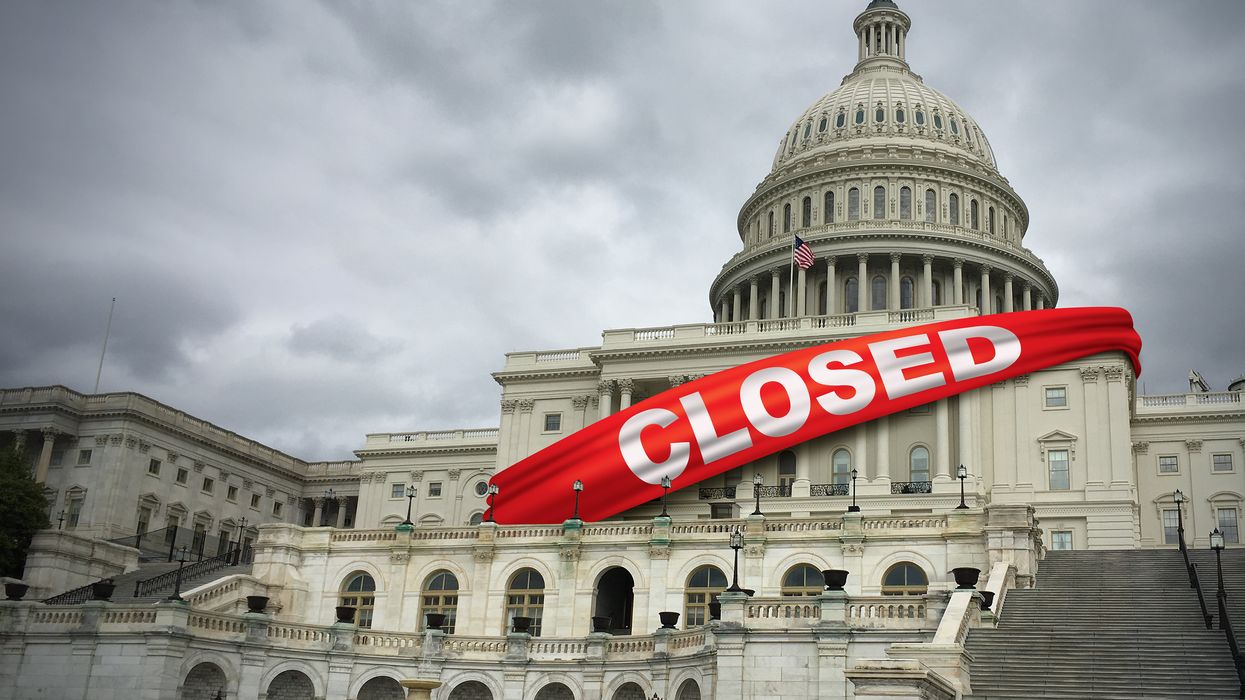Schmidt is a syndicated columnist and editorial board member with the St. Louis Post-Dispatch.
This is part of a series offering a nonpartisan counter to Project 2025, a conservative guideline to reforming government and policymaking during the first 180 days of a second Trump administration. The Fulcrum's cross partisan analysis of Project 2025 relies on unbiased critical thinking, reexamines outdated assumptions, and uses reason, scientific evidence, and data in analyzing and critiquing Project 2025.
Project 2025, the Heritage Foundation’s blueprint for a second Trump administration, aims to completely dismantle the Department of Homeland Security, apply draconian reforms, and put much of its responsibilities directly under the White House in order to advance the next “conservative President’s” agenda. All of this would make our homeland much less secure.
Ken Cuccinelli, the author of Project 2025’s chapter on DHS, describes the department as “bloated, bureaucratic, and expensive.” He goes on to write, “DHS has also suffered from the Left’s wokeness and weaponization against Americans whom the Left perceives as its political opponents.”
That last line certainly wasn’t the last where Cucinelli lobs political accusations without offering a basis for his attacks.
If the project were to be successful in dismantling DHS, it would break up the department along its mission lines, while many offices would be eliminated. In order to understand why this plan would be a mistake, one needs to understand the history of the department.
Eleven days after the Sept. 11, 2001, terrorist attacks, Pennsylvania Gov. Tom Ridge was appointed as the first director of the Office of Homeland Security in the White House. The office oversaw and coordinated a comprehensive national strategy to safeguard the country against terrorism and respond to any future attacks. The Homeland Security Act was passed by Congress in November 2002 and DHS was created through the combination of 22 different federal departments and agencies into a unified, integrated department. DHS opened its doors in March 2003 as a way to coordinate and communicate our national homeland security efforts.
The main point to remember is that DHS was established so that all of our intelligence agencies would communicate more effectively with one another in order to facilitate intelligence sharing and connect the dots. This is just one reason that breaking up the department and separating its parts could have catastrophic consequences.
There were a couple of potentially positive suggestions within the chapter, like privatizing the Transportation Security Administration. However, Congress would need to hold hearings and analyze the costs and benefits rather than rely on suggestions that have not been fully researched.
Similarly, Project 2025 suggests increased congressional funding for facility upgrades at strategic land ports of entry, including expanding state-of-the-art technology such as non-intrusive inspection equipment. But for the most part, the Project 2025 section on Homeland Security is terribly irresponsible.
Perhaps the most alarming of all of the recommendations is moving front-office functions under the Office of Presidential Personnel, “which is not reliant on detailees from other parts of the department, to help ensure the completion of the next President’s agenda.”
It also suggests bypassing the constitutionally mandated Senate confirmation of agency leadership and placing their nominees as “actings” as well as removing lower-level positions from Senate confirmations. This would take power away from Congress and give it to the executive branch. What if a rogue president’s agenda was in conflict with the nation’s national security interest?
It recommends that the secretary “Can and should use his or her inherent, discretionary leadership authority to 'soft close’ ineffective and problematic corners of the department” and “Should plan to quickly remove all current members of the Homeland Security Advisory Committee and replace them as quickly as is feasible.”
A majority of the report focuses on restructuring and reforming border security and immigration. There are far too many details to include here but the plan would include changing the standards for family and unaccompanied detention and housing “to allow for large-scale use of temporary facilities (for example, tents)” and end the diversity visa lottery “while focusing on the nuclear family, and the existing employment visa program should be replaced with a system to award visas only to the ‘best and brightest.’”
Another particularly jarring section with blatantly partisan attacks concerns the Cybersecurity and Infrastructure Security Agency. “Of the utmost urgency is immediately ending CISA’s counter-mis/disinformation efforts. In any event, the entirety of the CISA Cybersecurity Advisory Committee should be dismissed on Day One.” Project 2025 also advises moving CISA to the Department of Transportation.
In the 21 years since the department’s conception, there has not been a major terrorist attack on the United States. Due to the need to protect our national security secrets, the American people will never truly know what threats the brave men and women of DHS have prevented.
Current DHS Secretary Alejandro Mayorkas shared the following remarks on the 20th anniversary of department’s creation: “Congress may not have predicted the extent of today’s threat environment when our Department was created 20 years ago, but our mission has never been more vital, our components have never collaborated more closely, our extraordinary workforce has never been more capable, and our nation has never been more prepared.”
It may sound trite to tie the following statement with our nation’s security but as the old saying goes, “If it ain’t broke, don’t fix it” and our national defense is too precious to mess with.
More articles about Project 2025
- A cross-partisan approach
- An Introduction
- Rumors of Project 2025’s Demise are Greatly Exaggerated
- Department of Education
- Managing the bureaucracy
- Department of Defense
- Department of Energy
- The Environmental Protection Agency
- Education Savings Accounts
- Department of Veterans Affairs
- The Department of Homeland Security
- U.S. Agency for International Development
- Affirmative action
- A federal Parents' Bill of Rights
- Department of Labor
- Intelligence community
- Department of State
- Department of the Interior
- Federal Communications Commission
- A perspective from Europe
- Department of Health and Human Services
- Voting Rights Act
- Another look at the Federal Communications Commission
More in The Fulcrum about Project 2025



















